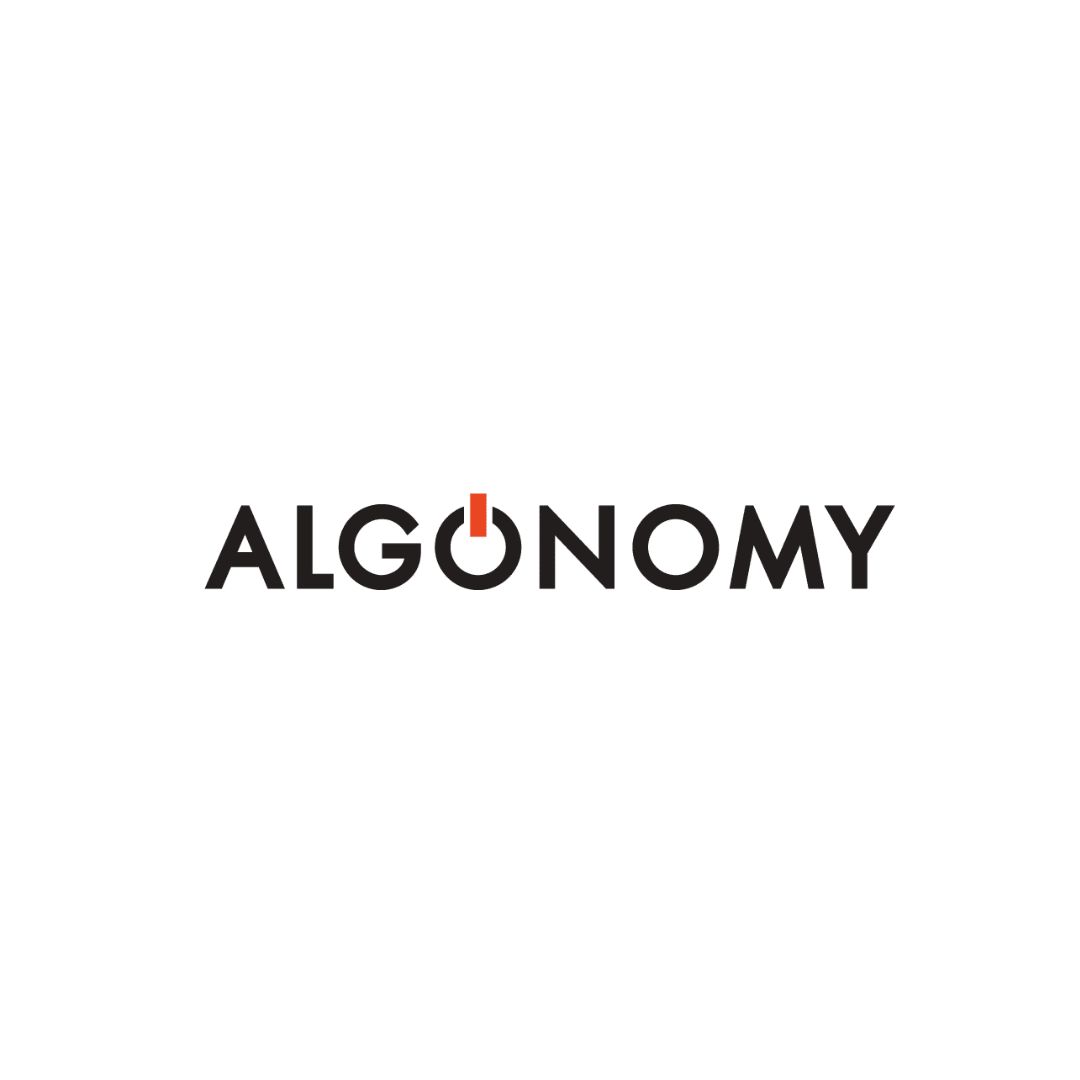Today’s retail organizations are operating in a highly dynamic business environment. Rapid shifts in consumer habits and expectations, growing supply chain size, integration of advanced technologies, and the level of competition, all contribute to this complexity.
Demand forecasting for retail is one of the effective ways to overcome these challenges. Knowing the wants of customers before they request will help companies maintain the right inventory levels. Forecasting helps to cut costs in terms of finance, achieve very efficient operation across different locations, better customer care, and effective usage of raw materials.
By using forecasting demand planning tools that find customer needs proactively, companies are able to make informed decisions that improve performance and the bottom line.
Understanding Forecasting Demand Planning
Forecasting retail demand is about putting together and estimating what products and materials a business will require in order to maintain product availability and at the same time increase profitability. Without reliable forecasting demand planning solutions, firms risk holding unnecessary inventory or missing sales opportunities.
Demand forecasting works based on merging both qualitative and quantitative methods, each relying on insights collected from various data points across the supply chain. Current solutions use advanced analytics, high-capacity databases, and apply artificial intelligence (AI) and machine learning to review and handle large, detailed data sets.
When companies adopt modern technology in both qualitative and quantitative forecasting and predictive modeling, they see great results from the overall supply chain. By sector, target audience, and what is to be achieved, demand planning may be conducted in four ways:
- Macro-level: It is a study of large-scale economic trends, foreign influences, and global issues that play into business. These elements companies use to identify outlying risks at various locations.
- Micro-level: It is about targeting a particular product, market area, or customer segment. It enables companies to be responsive to unexpected large-scale changes, which may cause a sharp increase or drop in demand.
- Short-term: It is for a time frame of less than a year to support regular operations. This can be used for analyzing promotional campaigns or events that may have had a large impact on a short-term spike in orders.
- Long-term: This approach looks at long-term issues. This helps firms plan for growth, make investment decisions, consider acquisitions, or form new business alliances.
Why is it Important in Modern Supply Chains?
The importance of forecasting retail demand can be highlighted with the benefits that it provides to the supply chains. It delivers several advantages that help a business operate effectively and without disruption.
-
Build a Strategic Plan for Upcoming Demand
Demand forecasting for retail holds a key role in supply operations and planning. It enables companies to best assign their resources based on their customers’ future requirements and expectations.
By studying past sales records, customer feedback, and industry trends, businesses can forecast demand accurately and plan ahead to fulfill that demand. They can also revise production timelines and fine-tune inventory quantities. This guarantees companies carry enough stock to fulfill customer orders without the extra burden of excess supply.
Companies can also proactively respond to changing market trends and buyer expectations by means of forecasting demand planning. They are able to identify issues early, which in turn allows them to maintain a stable supply-demand balance.
-
Efficient Inventory Management for Future Sales and Upcoming Occasions
Companies can determine what their future inventory needs will be by demand forecasting. It also allows them to time their production and supply chain actions for when future sales will happen and special events. For example, a company may put extra stock on shelves in the run-up to a promotion or new product release.
Forecasting demand planning helps avoid surplus inventory, which leads to extra warehousing costs and locks up valuable resources. At the same time, it helps ensure there’s enough product for customers. Forecasting makes this possible by syncing procurement with both current and future demand. This enables supply chain leaders to make timely purchasing decisions and avoid empty shelves.
-
Plan for Seasonal Shifts
Predicting seasonal demand is vital for companies to capitalize on it completely and increase their sales performance. Demand forecasting for retail helps in aligning their resources with seasonal changes. When there’s a predicted rise in demand, companies can shift supply chain operations to handle the spike and make the most of it. This helps them grow profits during busy seasons by avoiding lost sales.
Hyper-localized forecasting also highlights where to scale back and redistribute resources during slower periods or at certain locations. For example, a company might adjust prices, cut inventory, or revise user engagement efforts to lower spending. By using long-term forecasts, supply chain teams can schedule resources and processes to improve performance and earnings.
-
Estimate Accurate Storage and Transport Costs
A business needs to be well informed about its storage and delivery costs to cut costs on various processes and keep profits strong. Forecasting demand planning helps supply chain leaders figure out the correct quantity of materials needed for manufacturing. This directly impacts warehouse and freight expenses.
Companies can also secure better terms with vendors and shippers by identifying the ideal time to order materials. This improves delivery timelines and reduces shipping costs.
-
Enhance the Overall Customer Experience
When companies have better forecasting insights derived from customers’ buying behavior and demand shifts, they can fulfill users’ needs proactively. This ensures that customers get the right items, services, and support exactly when they need them. This reduces customer frustration, boosts satisfaction, and strengthens loyalty.
Bottom Line
The overall supply chain efficiency can be boosted by forecasting retail demand. It helps boost supply chain strength by delivering precise details on upcoming demand and the resources needed to handle it. Companies can better respond to shifts in the market and change production and delivery plans as needed with accurate demand prediction.
However, companies need to adopt advanced technologies and robust forecasting demand planning solutions to get these benefits. They need to move beyond using spreadsheets and ERP software and choose a platform that supports smart choices. The right platform to evaluate possible threats and advantages can give companies a competitive edge, cut down on avoidable spending, and gain a stronger command over their supply chains.






